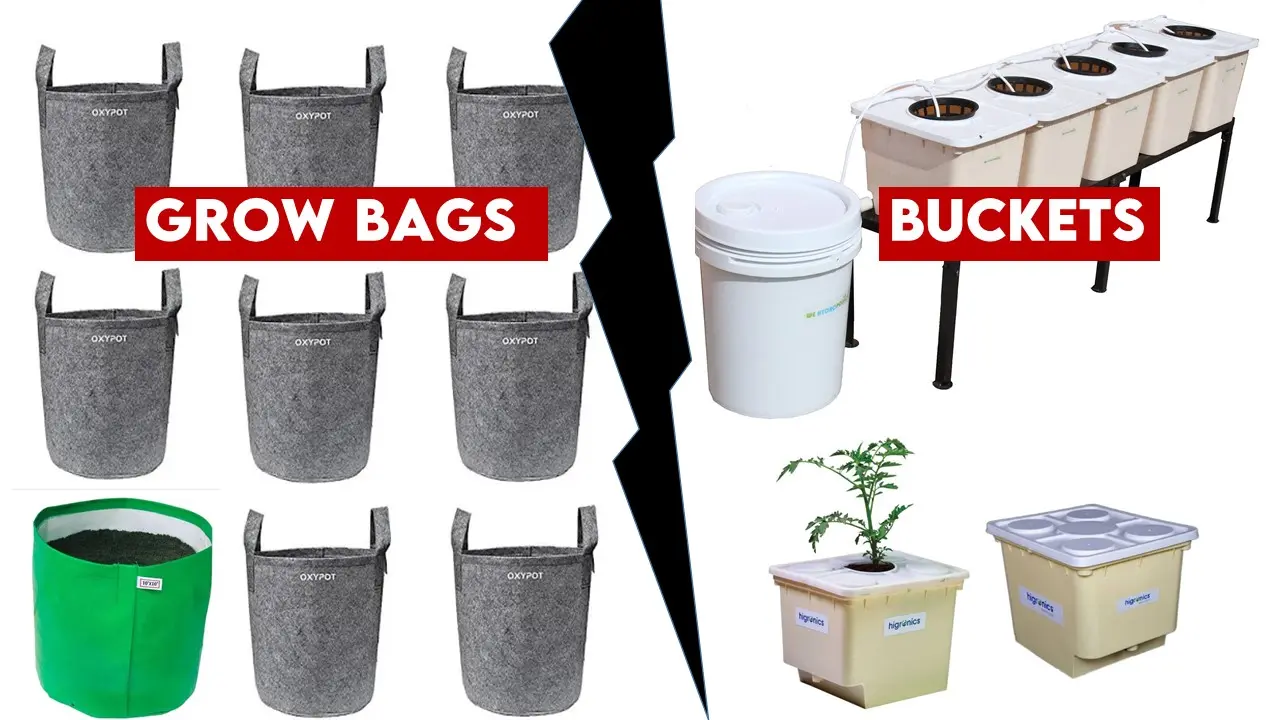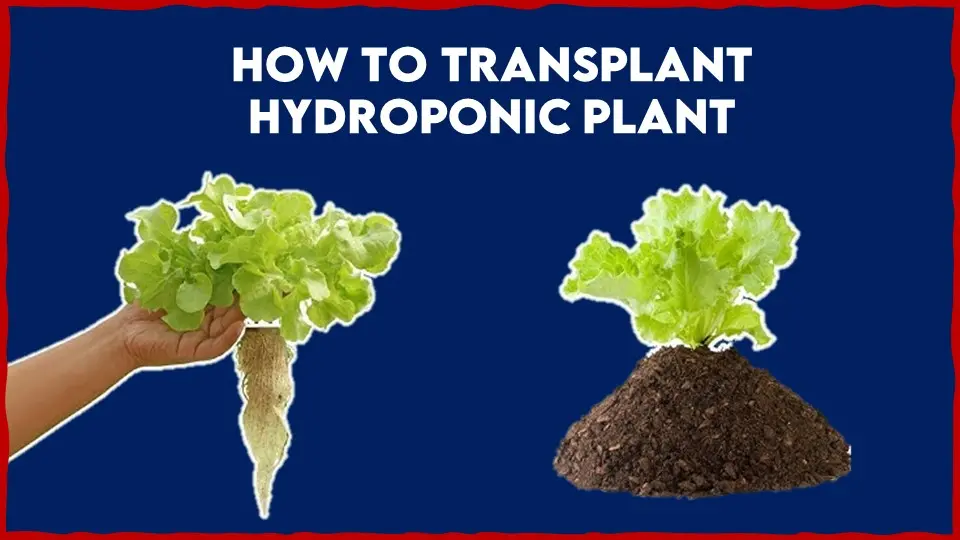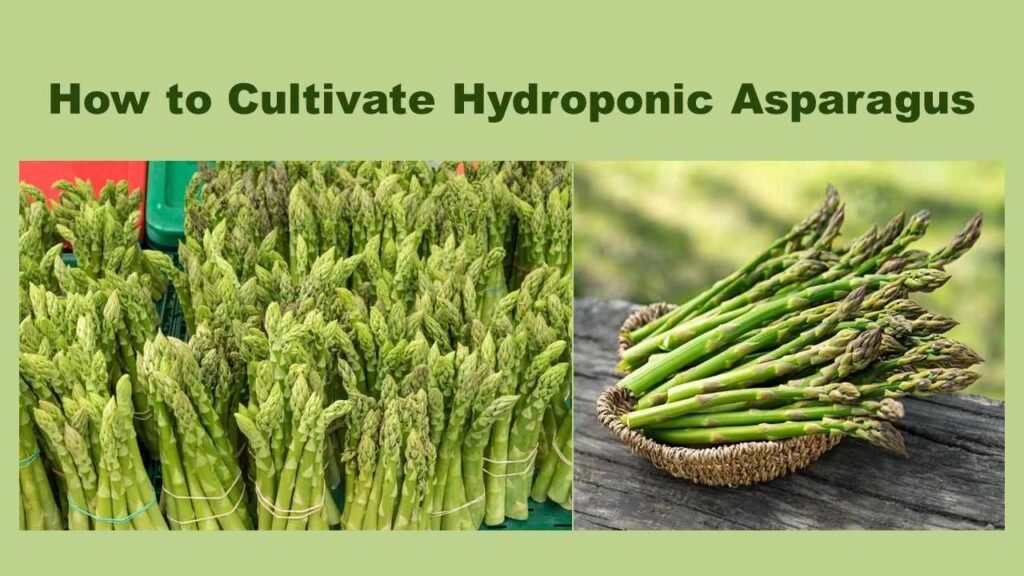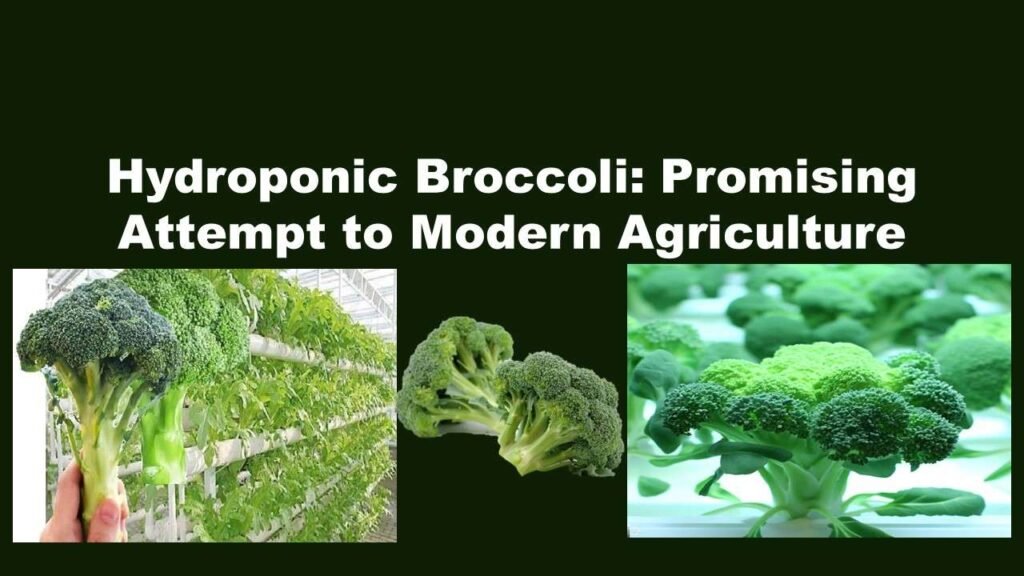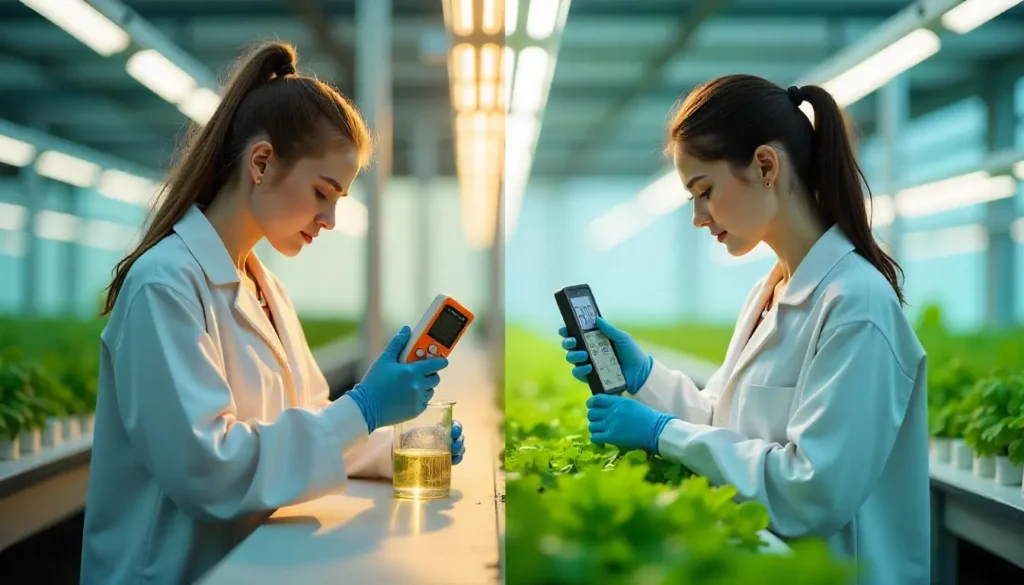Grow Bags vs Buckets: Solution of Urban Agriculture
Growing in the present day requires growing bags and buckets because of their compact size, portability, and versatility. They are ideal for urban and small-scale gardening settings since they make the most of limited space and provide for the flexibility of moving plants as needed. Their designs make them look good for growing purposes and the structure is much stronger to hold shrubs like roses etc.. Grow Bags vs Buckets also make it easier to make decision of which one is better for which situation. Grow bags and buckets are essential tools for those looking to produce plants (flowers, herbs, etc.) but there is unavailability of land and resources.
what is Grow bags
Grow bags are plastic bags or nowadays these come in different materials like jute and other organic fiber. These bags are used to grow plants inside them by filling the growing medium and sowing the plants in the growing medium. They are cheap if bought in plastic material and prices go high as further material quality extends. Grow bags are a good and financially supportive source of plant containers to those who lack lands near their houses. These are also used in case of fruit plants to grow near the house until they retain good growth enough to transplant in garden or soil.

image source: amazon
Which Type of Plants are Suited for Grow Bags:
| Crops Suited for Grow Bags | Explanation |
| Tomatoes | Grow bags provide ample space for tomato roots to develop and good drainage to prevent waterlogging, crucial for healthy tomato plants. |
| Eggplants | Brinjal is good to grow in grow bags as it is perennial and one grow bag with brinjal is a good source of vegetables for many years . |
| Herbs (Basil, Mint, etc.) | Herbs benefit from the well-draining environment of grow bags, which helps prevent root rot and encourages robust growth and flavorful foliage. |
| Salad Greens (Lettuce, Spinach) | Grow bags provide a compact yet spacious environment for salad greens, allowing for easy harvesting and maintaining optimal moisture levels for tender leaves. |
| Root Vegetables (Carrots, Radishes) | The loose, well-draining soil in grow bags prevents root deformation and promotes healthy root growth, ideal for root vegetables like carrots and radishes. |
| Strawberries | Grow bags offer strawberries ample space for runners to spread and produce fruit, while the breathable fabric helps prevent fungal diseases common in traditional soil beds. |
| Flowers | When flowers bloom they cover the whole grow bag and create a good landscape. |
Advantages of Grow Bags
- Space-efficient:
Grow bags maximize planting space, making them ideal for small gardens, balconies, and urban settings.
- Portable:
Grow bags are lightweight and easy to move, allowing for flexibility in positioning to optimize sunlight exposure or protect plants from extreme weather conditions.
- Excellent drainage:
The breathable fabric of grow bags promotes proper drainage, preventing waterlogging and root rot, ensuring healthier plants.
- Aeration:
Grow bags provide ample aeration to plant roots, preventing soil compaction and promoting robust root development and nutrient absorption. Grow bags vs buckets with reference to aeration is important as growbags are better in aeration for roots then buckets.
- Temperature Regulation:
Grow bags help regulate soil temperature, preventing overheating in hot climates and providing insulation in cooler seasons, creating optimal conditions for plant growth.
- Versatility:
Grow bags can accommodate a wide range of plants, including vegetables, herbs, flowers, and even small shrubs or trees, making them suitable for various gardening styles.
- Accessibility:
Raised containers like grow bags are accessible to people with physical limitations or mobility issues, as they can be placed at convenient heights for planting, watering, and harvesting. This advantage makes stronger points of grow bags in Grow bags vs buckets.
Disadvantages of Grow Bags:
- Limited Lifespan:
Grow bags typically have a shorter lifespan compared to permanent containers like pots or raised beds. Plastic bags have more lifespan but somehow they also get damaged due to various cultural practices. Grow bags are tough enough but also degrade with time and with time their fabric becomes loose and weak.
- Stability:
Grow bags can be less stable than rigid containers, especially when filled with soil.
- Watering Frequency:
Grow bags tend to dry out more quickly than traditional containers, requiring more frequent watering, especially in hot and dry climates.
- Root Temperature:
In hot climates, the fabric material of grow bags can absorb heat, potentially raising soil temperatures and affecting root health. As root temperature rises it affects growth of the plant and also creates problems in development stages (flowering, fruiting) .
- Limited Insulation:
Unlike containers made of thicker materials like ceramic or plastic, grow bags offer minimal insulation against temperature fluctuations. This can be a disadvantage in regions with extreme weather conditions, where plants may be more vulnerable to temperature stress.
- Mobility Issues:
While grow bags are portable, moving them once filled with soil and plants can be challenging, especially for larger sizes. Transplanting established plants from grow bags to other containers or garden beds may cause root disturbance and transplant shock.
- Susceptibility to Pests:
Grow bags placed directly on the ground may be more susceptible to pests like slugs and snails, which can easily access plants from beneath the fabric.
what is Grow Buckets:
Grow buckets, also known as grow containers or gardening buckets, are hard containers made up of hard plastic or some metals which provides a strong holding capacity which helps to grow plants in them. They may be made up of different materials like plastic, metals or in combination of different alloys. These can hold heavy plants like some dwarf varieties of some fruits and shrubs. These have a good space for establishment of roots as well as strong structure to contain a good amount of growing media. Grow buckets often feature drainage holes at the bottom to prevent waterlogging and promote healthy root growth which is essential for plant development.
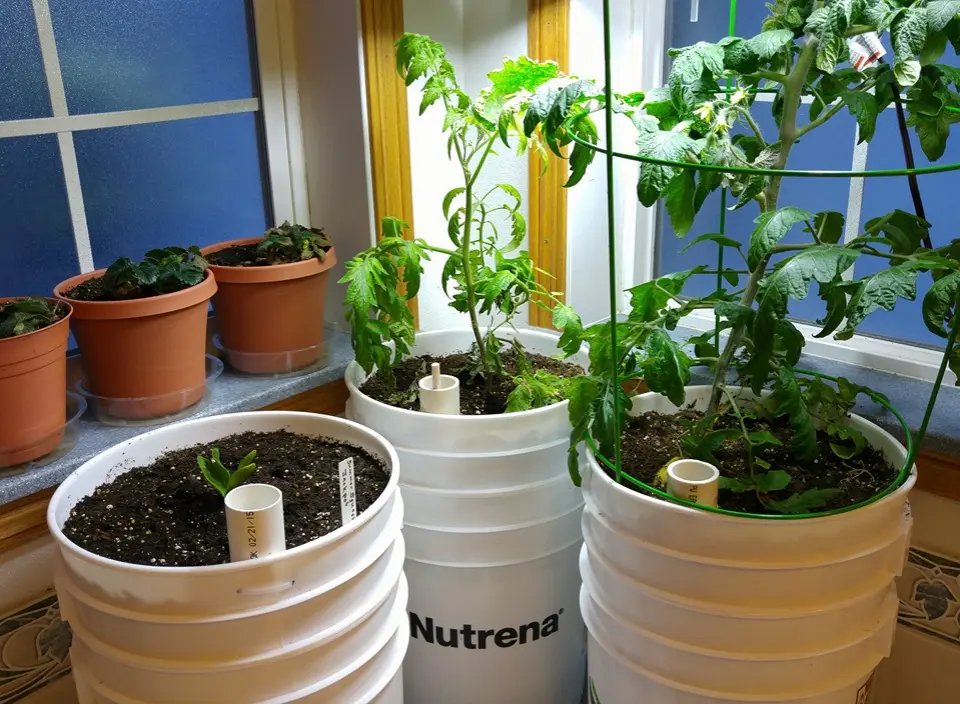
image source: Ecko Farms
Crops Best Suited for Grow Buckets:
| Crops Suited for Buckets | Explanation |
| Larger Bushy Plants (Cucumbers, Zucchini) | Buckets provide sturdy support for the sprawling growth of cucumber and zucchini plants, while the deep container accommodates their extensive root systems. |
| Corn | As it is a moisture loving plant needs very high water so rather than grow bags buckets are more helpful. |
| Fruit Trees (Dwarf Varieties) | Buckets give a portable option for growing dwarf fruit trees, providing enough space for root growth. |
| Potatoes | Buckets accommodate the deep soil required for potato cultivation, making it easy to add layers of soil as the plant grows and harvest potatoes without disturbing the entire plant. |
| Larger Herbs (Rosemary, Lavender) | Buckets provide ample space for the extensive root systems of larger herbs like rosemary and lavender, ensuring healthy growth and optimal production of aromatic foliage. |
| Beans | Beans can be grown well in grow buckets as these are stable and maintain activity of soil without any agitation to the roots.. |
| Peas | Pea plants grow well as it provides enough space for a deep root system for establishment and moisture is also maintained well inside the container. |
Advantages of Grow Buckets:
- Stability:
Grow buckets offer more stability compared to grow bags, especially for larger plants or those with sprawling growth habits.
- Longevity:
Grow buckets typically have a longer lifespan than grow bags, as they are made of durable materials like plastic or metal. This also a key point in grow bags vs buckets.
- Root Protection:
The solid walls of grow buckets offer better protection against root damage from pests like rodents or burrowing insects compared to grow bags. In race of Grow Bags vs buckets for the preference trait of root protection grow buckets wins.
- Soil Temperature Regulation:
Grow buckets provide better insulation against temperature fluctuations compared to grow bags, helping to regulate soil temperature and protect plant roots from extreme heat or cold.
- Mobility:
While not as lightweight as grow bags, grow buckets are still portable and easier to move compared to traditional garden beds or containers.
- Customization:
Grow buckets offer flexibility in terms of size, shape, and drainage options, allowing for customization to suit the specific needs of different plants or gardening setups.
- Water Conservation:
Grow buckets help conserve water by reducing evaporation and runoff compared to traditional in-ground planting.
Disadvantages of Grow Buckets:
- Limited Root Space:
Grow buckets may have limited root space compared to larger containers or garden beds, which can restrict the growth of certain plants, especially those with extensive root systems or deep-rooted crops.
- Drainage Issues:
Poor drainage can be a concern in some types of grow buckets, leading to waterlogging and root rot if not properly addressed. It is also a key feature between grow bags vs buckets.
- Heat retention:
In hot climates, the material of grow buckets can absorb and retain heat, potentially raising soil temperatures to levels that are detrimental to plant health.
- Limited Insulation:
While grow buckets offer some degree of insulation against temperature fluctuations, they may not provide as much protection as thicker-walled containers made of materials like ceramic or stone.
- Mobility constraints:
Once filled with soil and plants, grow buckets can be heavy and difficult to move, especially larger sizes. In grow bags vs buckets buckets are heavier when filled then grow bags.
- Aesthetic Considerations:
Grow buckets may not always blend seamlessly into garden designs or outdoor spaces, especially if they are made of plain plastic or metal.
- Cost:
While grow buckets are generally affordable compared to some other types of containers, the cost of purchasing multiple buckets for a large-scale gardening project can add up.
Difference between Grow Bags vs Buckets
| Aspect | Grow Bags | Grow Buckets |
| Material | Fabric (e.g., polypropylene, geotextile) | Plastic, metal, or other rigid materials |
| Drainage | Excellent drainage due to breathable fabric | Drainage holes required; drainage can vary depending on design |
| Stability | Less stable; can topple over if not supported | More stable; less prone to tipping or deformation |
| Mobility | Lightweight and portable | Portable but heavier; may be more difficult to move |
| Root Protection | Limited protection against pests | Better protection against pests and burrowing insects |
| Insulation | Limited insulation against temperature fluctuations | Better insulation; retains heat and moisture better |
| Lifespan | Shorter lifespan due to fabric degradation | Longer lifespan with proper care and maintenance |
| Customization | Limited in terms of shape and size | More customizable; available in various shapes and sizes |
| Aesthetic | May not blend seamlessly into garden designs | May have a more utilitarian appearance |
| Cost | Generally affordable | Can vary depending on material and design |
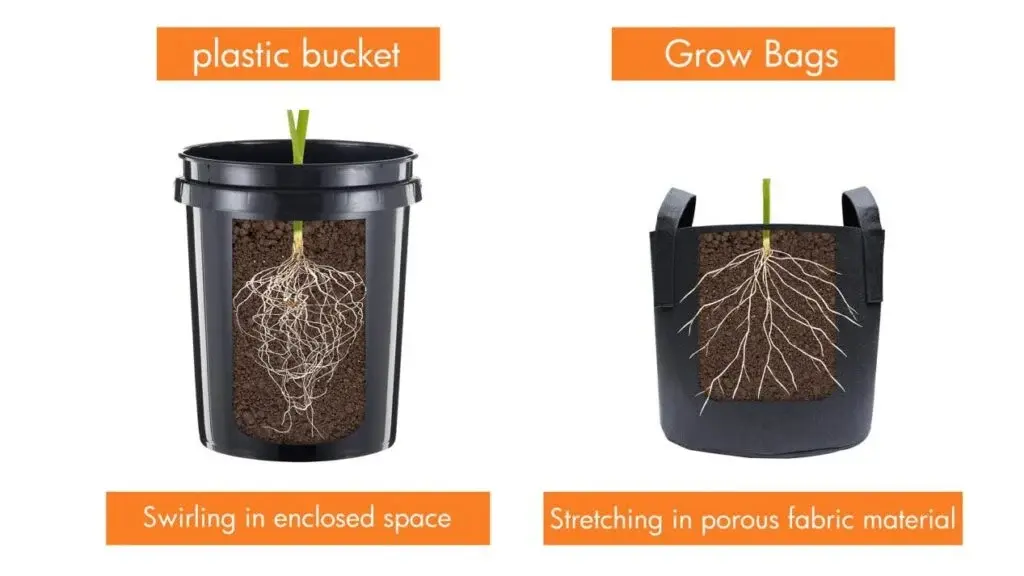
image source: goodmenproject
Conclusion:
As we discuss all the various advantages and disadvantages of both the things ie. grow bags vs buckets. To select a container for your plant first to classify which type of plant you want to grow. As we see every plant has its unique requirements and every requirement has a unique solution regarding all these things one can choose an appropriate container for plants. Other things are budget and suitability according to the different conditions. This is all about Growbags vs buckets.
Do You Really Know About Hydroponics? Let’s Play a Quiz!
Think you know everything about hydroponics? It’s time to put your knowledge to the test! Play this interactive quiz and challenge yourself with questions about soil-less farming, nutrient solutions, and the amazing world of hydroponics.
Hydroponics Puzzle Quiz Game
Test your knowledge and reasoning in hydroponics with this fun and interactive quiz game!
Congratulations!
Join Our Hydroponics Growers Group!
Connect with fellow hydroponics enthusiasts, share your ideas, ask questions, and grow together as a community.
👉 Join WhatsApp Group
